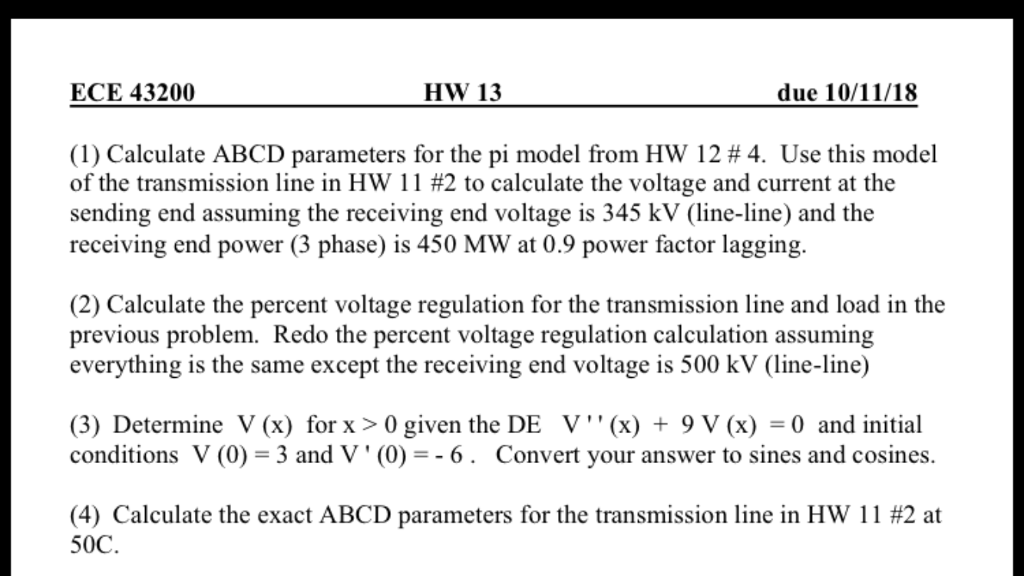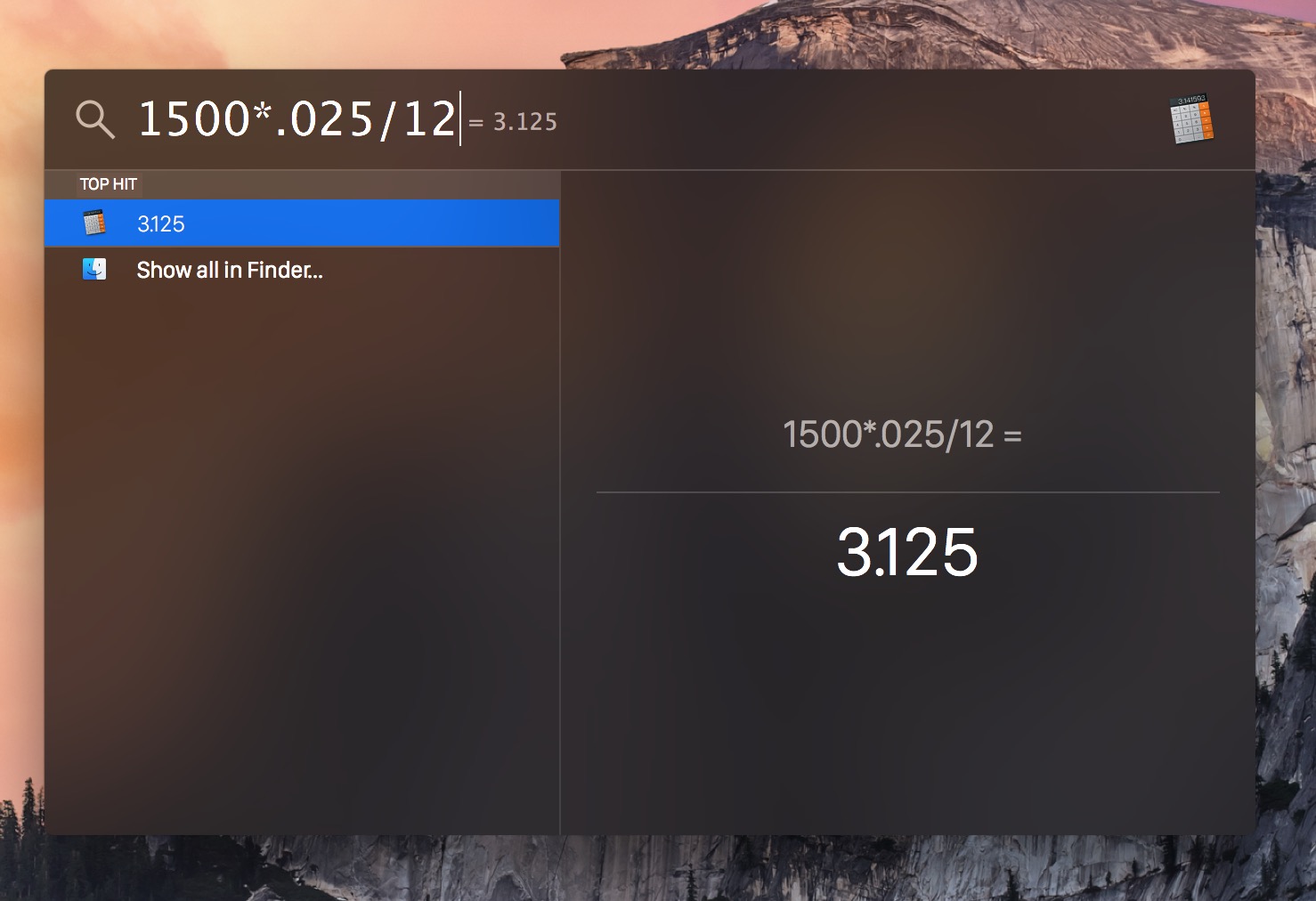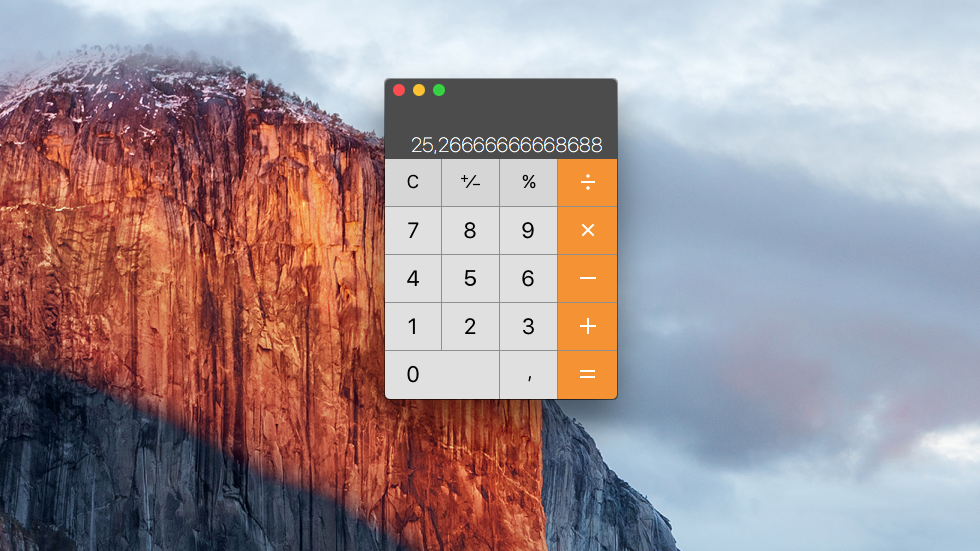

- #HW TO USE MACSPICE TO CALCULATE CURRENT HOW TO#
- #HW TO USE MACSPICE TO CALCULATE CURRENT MAC OS X#
- #HW TO USE MACSPICE TO CALCULATE CURRENT SIMULATOR#
- #HW TO USE MACSPICE TO CALCULATE CURRENT DOWNLOAD#
- #HW TO USE MACSPICE TO CALCULATE CURRENT MAC#
I figured out how to get things working and thought I would share my knowledge with others also working on Macs.
#HW TO USE MACSPICE TO CALCULATE CURRENT MAC#
The Mac version works much differently, so those resources didn’t really apply. I began searching for tutorials and getting started guides and kept finding they were all focused on the Windows version.
#HW TO USE MACSPICE TO CALCULATE CURRENT SIMULATOR#
LTspice is known for being the most widely used free SPICE simulator in the industry. It was originally created by Linear Technology, hence the LT in its name, and was later acquired by Analog Devices who continues to support it. LTspice is a high performance SPICE simulator, schematic capture, and waveform viewer with enhancements and models for making simulation of analog circuits easier. By the way, the strange KiCad results I was getting turned out to be user error.
#HW TO USE MACSPICE TO CALCULATE CURRENT DOWNLOAD#
I decided to download it and give it a try.

While doing some research on what packages were available, LTspice kept popping up.

While doing a circuit simulation in KiCad for another article ( Performing A Circuit Simulation In KiCad) and getting some strange results, I wanted to verify those results with a different SPICE simulator. The LTspice schematic created for this tutorial is available on GitHub for your reference. It enables you to discover and correct issues before actually building your circuits in hardware. LTspice is an extremely valuable tool for designing and simulating analog based circuits. A basic understanding of electronics is expected. MacSpice simulates and analyses electronic circuits that can range in complexity from a single resistor to an integrated circuit comprising tens-of-thousands of devices.This tutorial will teach you how to create a circuit schematic, perform a simulation, and view circuit waveforms in LTspice for Mac. It has users who range in experience from novices to retired integrated circuit designers. It is used at various universities internationally for research and teaching. MacSpice runs on Intel architecture Apple Macintosh computers. In macOS, you’ll use the Command ( Cmd) key for most Mac keyboard shortcuts, which will have either a picture of an Apple on it or a clover leaf symbol. It is compatible with, Berkeley Spice 3f5 but incorporates many improvements to Spice 3f5 – from simple bug-fixes to entirely new commands, algorithms and solution strategies. Mac keyboards do have Ctrl keys on them too, but they don’t do the same thing as in Windows. They also have the Option ( Opt) key where Windows keyboards have Alt. For example: the memory leaks that affected Spice 3f5 have been cured new algorithms have been developed to facilitate the simulation of large circuits, and to reduce simulation time MacSpice provides a robust multi-parameter optimizer and facilities for inter-process communication with other applications. What MacSpice DoesĬircuit simulation is a way of building and testing virtual models of electronic devices. It is usually cheaper and quicker to simulate a design than to build a prototype. MacSpice requires a text-file description of the circuit as input. This 'netlist' is a list of components and the nodes they connect to. Users may prepare netlists with a text editor, or derive them from a circuit diagram using a third-party schematic-capture application. MacSpice then builds a numerical model of the circuit and analyses this.Ī command interpreter (shell) is used to specify the types of analyses that are required and how the results should be processed, saved or displayed. The high quality of the MacSpice command interpreter makes the automation of tasks straightforward. The quality of the results depends on the accuracy of the netlist and the device models used. Within Spice most devices are ideal – its resistor, for example, has just one property: resistance.
#HW TO USE MACSPICE TO CALCULATE CURRENT MAC OS X#
Depression Simulator Mac Os 7 Learn to Use MacSpice Depression Simulator Mac Os X A real resistor has parasitic inductance and capacitance if these have a significant influence on the circuit, they must be added explicitly to the netlist. Trademarks Depression Simulator Mac Os Download Users will, however, need to supplement these with following reference and training and information: MacSpice helps the user by providing error messages, warnings and explanatory notes. Intel is a registered trademark of Intel Corporation. Mac and the Mac logo are trademarks of Apple Computer, Inc., registered in the U.S. PowerPC is a trademark of International Business Machines Corporation.


 0 kommentar(er)
0 kommentar(er)
